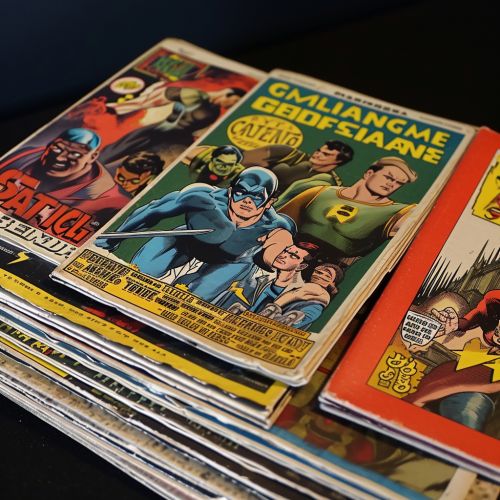Golden Age of Comic Books
Origins
The Golden Age of Comic Books is a period in the history of American comic books, generally thought to span from the late 1930s until the early 1950s. During this time, modern comic books were first published and rapidly increased in popularity. The superhero archetype was created and defined, and many of the most famous superheroes were created, including Superman, Batman, Captain America, and Wonder Woman.


Characteristics
The Golden Age is often associated with the hard-bodied heroes and scantily clad damsels of the time. However, a variety of genres were represented during this era, including war, romance, crime, and horror. The Golden Age also saw the rise of comic book publishers such as DC, Timely (later Marvel Comics), and Fawcett.
Influences and Impact
The Golden Age of Comic Books was influenced by and had a significant impact on popular culture. The era was marked by the Great Depression and World War II, and the themes of the comics often reflected these events. The impact of the Golden Age on later comic book eras and on the broader culture is significant, with many characters and storylines from this era still being used today.
Decline
The decline of the Golden Age is attributed to a shift in public taste, with a move away from superhero stories towards more diverse genres. The introduction of the Comics Code Authority in 1954 also had a significant impact, leading to a sanitization of comic book content.
Legacy
The Golden Age of Comic Books left a lasting legacy on the comic book industry and popular culture. Many of the characters and stories created during this time are still relevant today, and the era is often referenced in contemporary comic books and adaptations.
